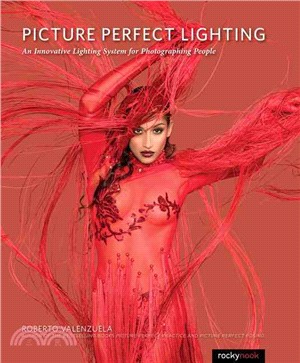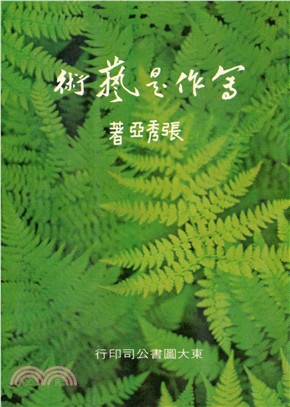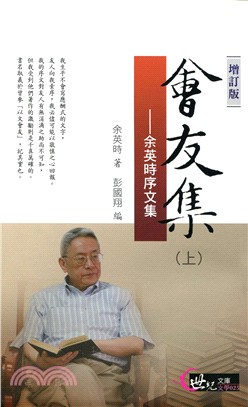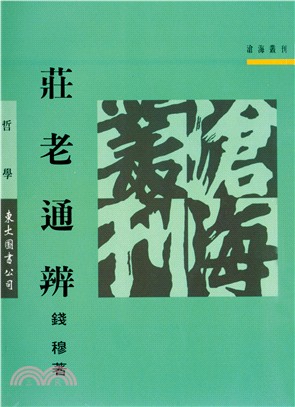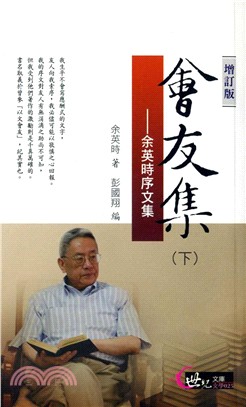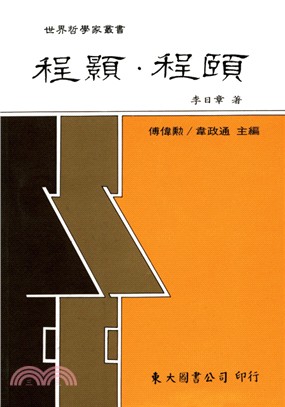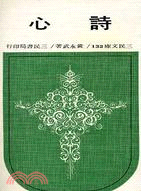Picture Perfect Lighting ― Mastering the Art and Craft of Light for Portraiture
商品資訊
ISBN13:9781937538750
出版社:Ingram Pub Services
作者:Roberto Valenzuela
出版日:2016/02/28
裝訂/頁數:平裝/340頁
規格:25.4cm*20.3cm (高/寬)
商品簡介
作者簡介
相關商品
商品簡介
Light is the most fundamental component of a photograph—without light, there is no image. Yet it is considered among the most challenging elements of the photographic craft to learn and incorporate into one’s vision. Understanding light’s behavior and gaining the ability to control, create, and direct it in order to produce photographs that convey your precise intention are skills that are counted among the most significant milestones toward mastery of the craft. Those who can comfortably, thoughtfully, and deliberately work with light are often seen as the true craftsmen and artists of the photographic genre. And sometimes it feels like they possess a crucial skillset that we’ll never have.
Picture Perfect Lighting is here to change that. Author Roberto Valenzuela is a photographer and educator who has a talent for identifying areas where photographers regularly hit roadblocks and a passion for educating them so they can break through those barriers to become better, more confident practitioners of their craft. His two previous books,Picture Perfect Practice and Picture Perfect Posing, shattered the mold of instructional photography books as they empowered readers to advance their composition and posing skills.Picture Perfect Lighting, the third book in the Picture Perfect series, brings that same spirit and approach to teaching lighting. With it, Roberto empowers photographers to embrace lighting as a source of creativity and expression, rather than a source of fear.
Illustrated throughout with helpful diagrams and example images that help you grasp the concepts and techniques in action,Picture Perfect Lighting is a book on lighting like no other you’ve seen before. In it, Roberto sidesteps the usual ways that lighting is taught. Instead of grounding the conversation in expensive gear and complicated science, Roberto first introduces the universal nature of light (no matter the source), breaking down the main characteristics and behaviors of light—such as the color of light and the inverse square law—into understandable and helpful lessons. He then moves on to establish three straightforward categories of light. The first is circumstantial light, defined as the light around us in any given situation. In order to fully understand circumstantial light, one must understand the five crucial surface elements of all objects—texture, color, shape, material, and size—and Roberto tackles each one. The second kind of light is helper light, or “problem-solving light,” which is the light that is needed or manipulated in order to “help” the circumstantial light such that your vision comes to life. Helper light is created with flashes, strobes, reflectors, diffusers, light modifiers, and colored gels. The third type of light, controlled light, is the light used by the photographer to control 100% of the light in an image—most often this is in a studio setting, but it applies to location work, as well.
By breaking down light into approachable categories, Roberto can then build up the reader’s knowledge by discussing how light is properly seen and used to create a photograph. This is where Roberto ingeniously creates and applies a “foundational exposure” system to the creation of an image, allowing readers to learn how (and when) to use the three types of light to their advantage in their work.
Of course, one must bring deliberate intention to the creation of a unique photograph. Once light is understood and the ability to create it is achieved, the final section of the book—“The Five Senses of Light”—helps the reader to bring it all together to establish a roadmap for achieving their vision. With these five senses, Roberto discusses how light creates and affects the mood of a photo. To direct the eye, you must create a sense ofimportance. To create a relationship between the subject and the background, you must create a sense of either separat
Picture Perfect Lighting is here to change that. Author Roberto Valenzuela is a photographer and educator who has a talent for identifying areas where photographers regularly hit roadblocks and a passion for educating them so they can break through those barriers to become better, more confident practitioners of their craft. His two previous books,Picture Perfect Practice and Picture Perfect Posing, shattered the mold of instructional photography books as they empowered readers to advance their composition and posing skills.Picture Perfect Lighting, the third book in the Picture Perfect series, brings that same spirit and approach to teaching lighting. With it, Roberto empowers photographers to embrace lighting as a source of creativity and expression, rather than a source of fear.
Illustrated throughout with helpful diagrams and example images that help you grasp the concepts and techniques in action,Picture Perfect Lighting is a book on lighting like no other you’ve seen before. In it, Roberto sidesteps the usual ways that lighting is taught. Instead of grounding the conversation in expensive gear and complicated science, Roberto first introduces the universal nature of light (no matter the source), breaking down the main characteristics and behaviors of light—such as the color of light and the inverse square law—into understandable and helpful lessons. He then moves on to establish three straightforward categories of light. The first is circumstantial light, defined as the light around us in any given situation. In order to fully understand circumstantial light, one must understand the five crucial surface elements of all objects—texture, color, shape, material, and size—and Roberto tackles each one. The second kind of light is helper light, or “problem-solving light,” which is the light that is needed or manipulated in order to “help” the circumstantial light such that your vision comes to life. Helper light is created with flashes, strobes, reflectors, diffusers, light modifiers, and colored gels. The third type of light, controlled light, is the light used by the photographer to control 100% of the light in an image—most often this is in a studio setting, but it applies to location work, as well.
By breaking down light into approachable categories, Roberto can then build up the reader’s knowledge by discussing how light is properly seen and used to create a photograph. This is where Roberto ingeniously creates and applies a “foundational exposure” system to the creation of an image, allowing readers to learn how (and when) to use the three types of light to their advantage in their work.
Of course, one must bring deliberate intention to the creation of a unique photograph. Once light is understood and the ability to create it is achieved, the final section of the book—“The Five Senses of Light”—helps the reader to bring it all together to establish a roadmap for achieving their vision. With these five senses, Roberto discusses how light creates and affects the mood of a photo. To direct the eye, you must create a sense ofimportance. To create a relationship between the subject and the background, you must create a sense of either separat
作者簡介
Roberto Valenzuela is a photographer based in Beverly Hills, CA, who believes that it is not talent but deliberate practice that is at the core of skill and achievement. He is the author of the best-selling booksPicture Perfect Practice and Picture Perfect Posing. He has traveled around the globe to motivate photographers to practice and break down the various elements of photography in order to master them through goal setting, self-training, and constant dedication.
主題書展
更多
主題書展
更多書展今日66折
您曾經瀏覽過的商品
購物須知
外文書商品之書封,為出版社提供之樣本。實際出貨商品,以出版社所提供之現有版本為主。部份書籍,因出版社供應狀況特殊,匯率將依實際狀況做調整。
無庫存之商品,在您完成訂單程序之後,將以空運的方式為你下單調貨。為了縮短等待的時間,建議您將外文書與其他商品分開下單,以獲得最快的取貨速度,平均調貨時間為1~2個月。
為了保護您的權益,「三民網路書店」提供會員七日商品鑑賞期(收到商品為起始日)。
若要辦理退貨,請在商品鑑賞期內寄回,且商品必須是全新狀態與完整包裝(商品、附件、發票、隨貨贈品等)否則恕不接受退貨。



